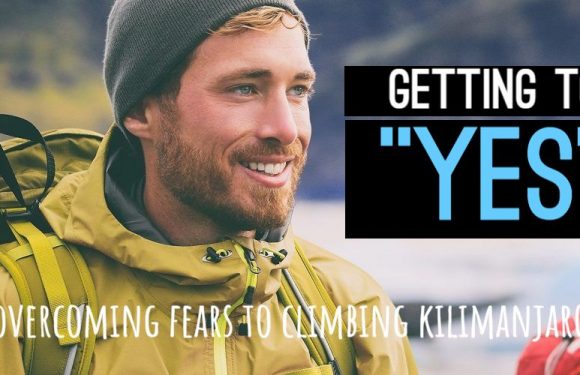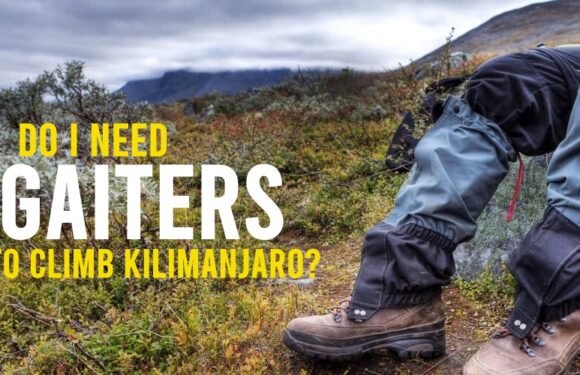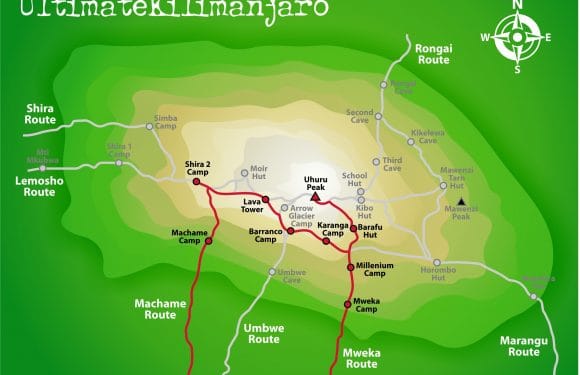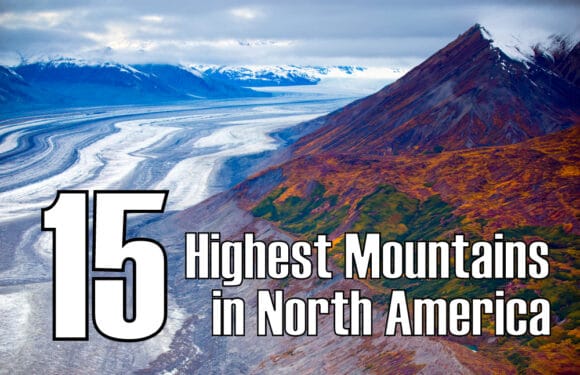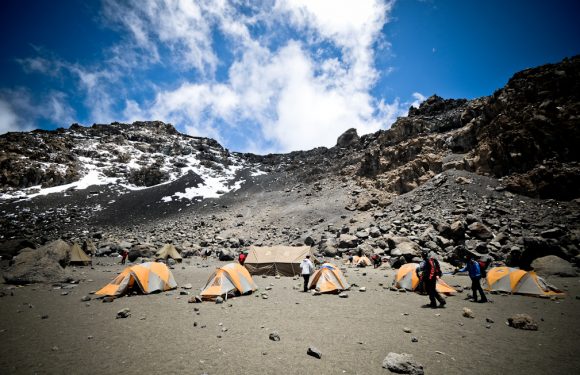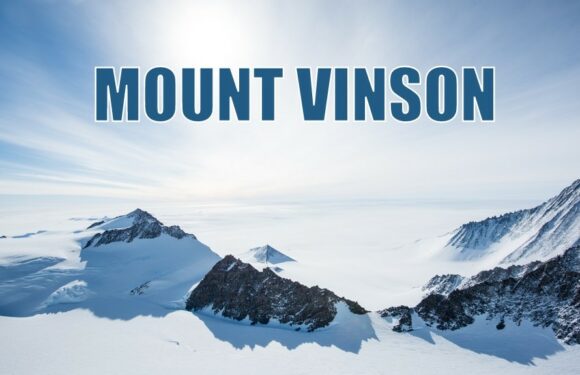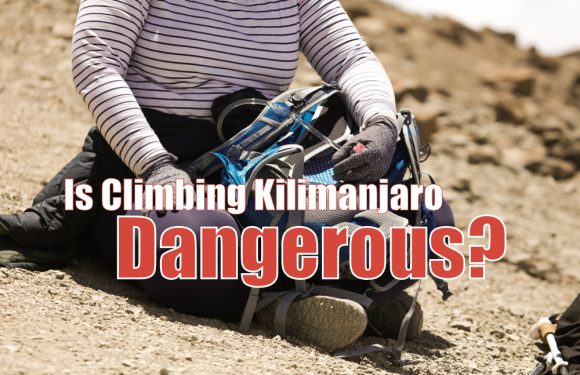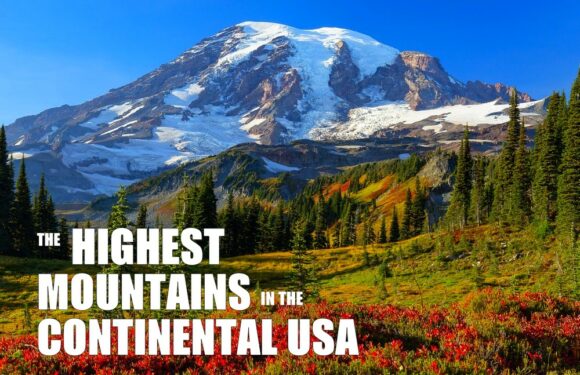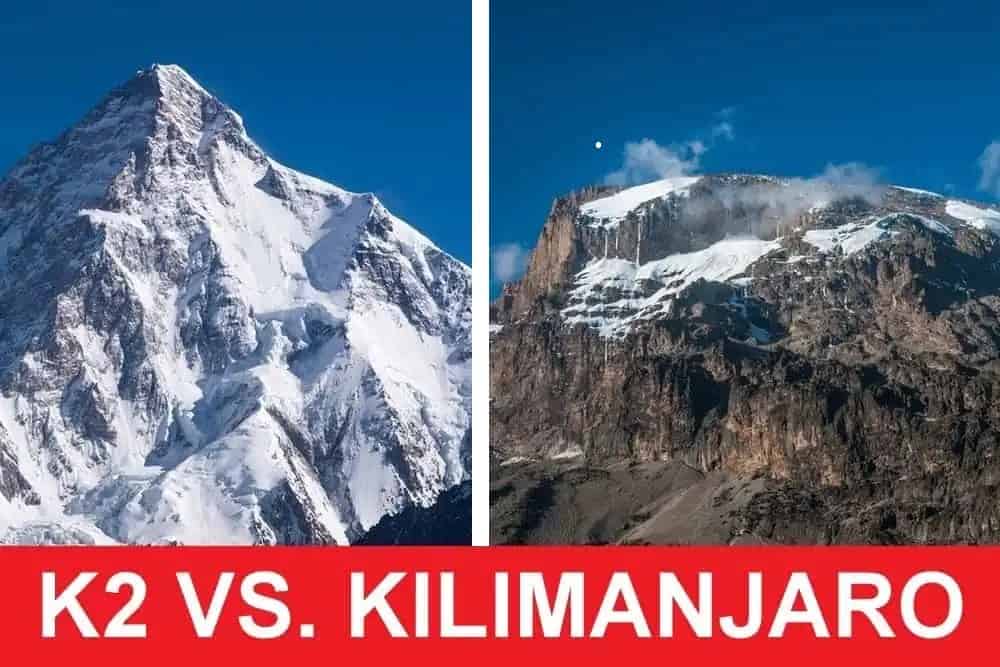
K2 vs. Kilimanjaro
K2 and Mount Kilimanjaro are not the same. They are two completely different mountains, located on different continents. K2 and Kilimanjaro are two of the most famous peaks in the world that get confused with one another. The most likely reason is that they both start with the letter “K” and some mistakenly believe that K2 stands for, or is an abbreviation for, Kilimanjaro.
K2 and Kilimanjaro present vastly different experiences. Let’s examine the differences.
Geographic Location and Main Features
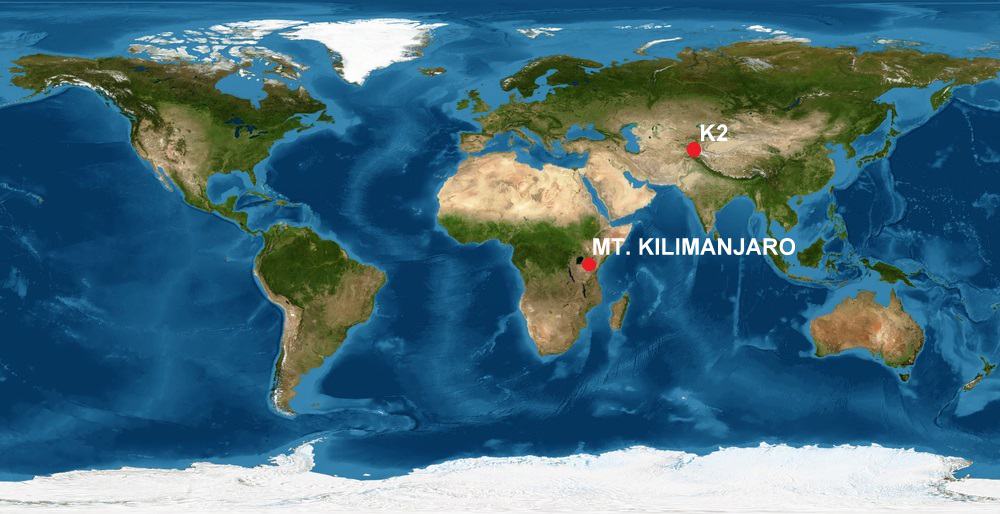
Mount Kilimanjaro is located in Tanzania. It is the Africa’s highest peak at 19,341 feet (5,895 meters) above sea level, making it one of the Seven Summits. Kilimanjaro is a freestanding, dormant volcano composed of three distinct cones.
K2, on the other hand, is located in Pakistan. It lies on the China-Pakistan border and is part of the Karakoram Range. With an elevation of 28,251 feet (8,611 meters), it is the world’s second-highest mountain, surpassed only by Mount Everest.
The name K2 was actually derived from its position in the Karakoram Range. In 1856, a member of the Great Trigonometrical Survey of British India, Thomas Montgomerie, surveyed the range. He designated the most prominent peaks K1 and K2, where the “K” stands for Karakoram. K1 was already known locally as Masherbrum while K2 did not have a local name.
Climbing Difficulty
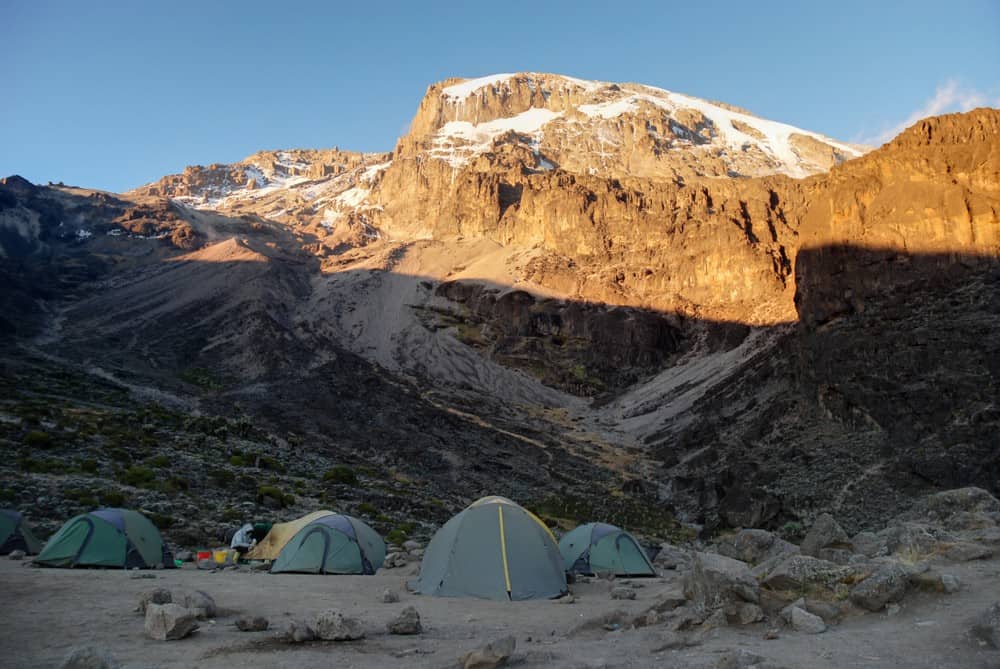
Kilimanjaro is a relatively easy mountain to scale due to its non-technical nature. It is known as a “walk-up” summit because no actual rock or ice climbing is required. Therefore, everyday people, many of whom have no experience at high altitude, attempt the mountain every year. It is a beginner friendly peak that can be tackled with the support of experienced guides and porters.
K2 couldn’t be more different than Kilimanjaro in terms of difficulty. For starters, K2 is much taller than Kilimanjaro. So, to reach the summit, climbers must venture into the inhospitable “death zone“, where the oxygen level is insufficient to sustain human life for an extended period of time. The peak tests the limits of human endurance. Nearly everyone who climbs K2 uses supplemental oxygen (climbing Kilimanjaro does not require oxygen due to its lower elevation).
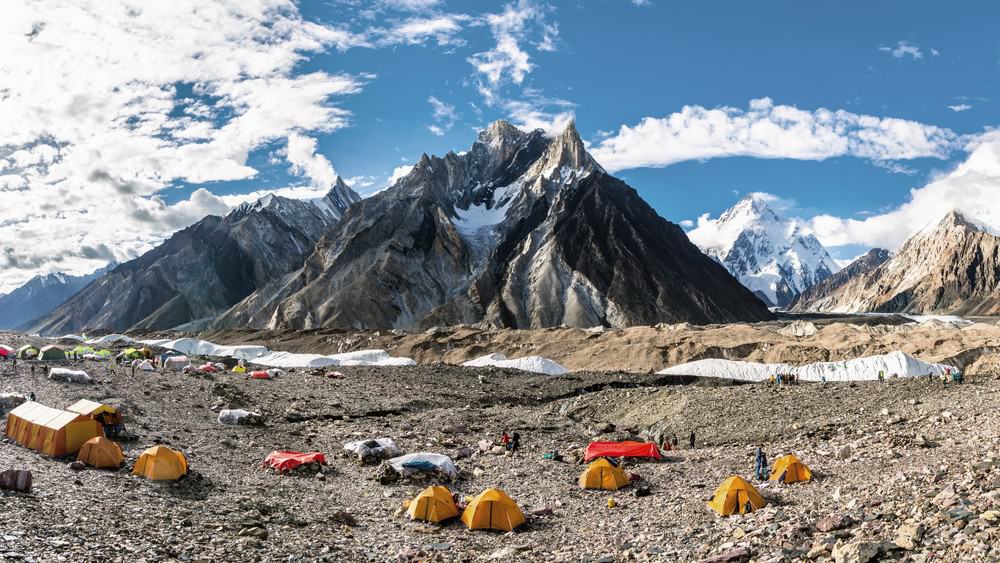
Additionally, unlike Kilimanjaro, K2’s ascent involves navigating glaciers, steep slopes, and the threat of avalanches. It should only be attempted by highly experienced, well prepared climbers with advanced mountaineering skills.
Accessibility and Popularity
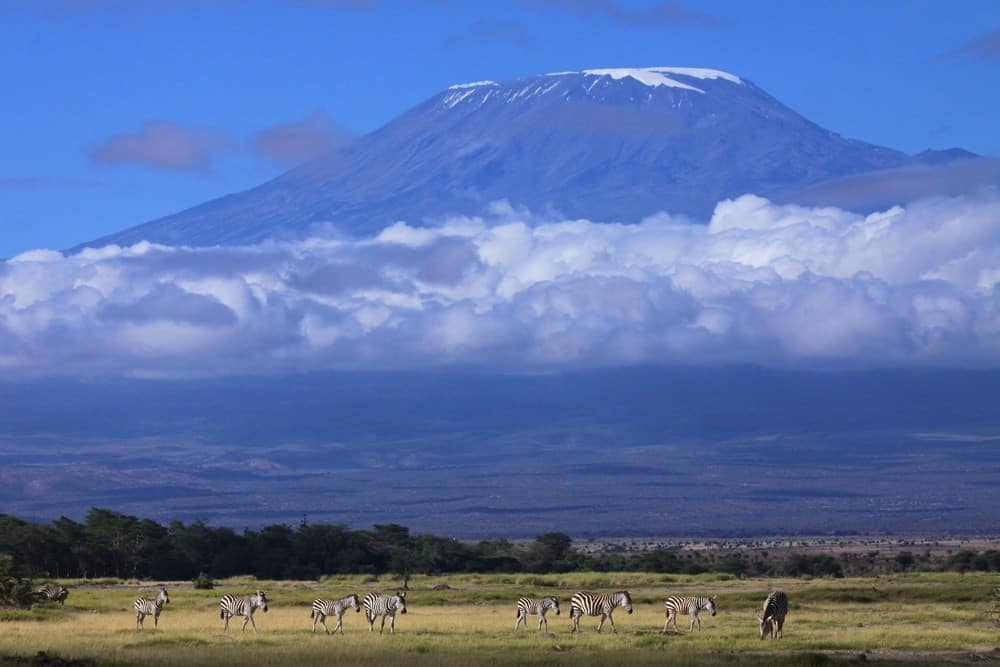
It is possible to climb Kilimanjaro year-round. The best conditions occur from July to October and from December to February. The mountain attracts 30,000 to 50,000 climbers annually.
K2 climbs are limited to a brief window in the summer when conditions are marginally safer. Its remote location and difficulty mean that only a select group of climbers dare venture to its slopes. Only 200 or so people attempt to climb K2 each year. For comparison, Everest sees about 800 people per year.
Success Rates and Death Rates
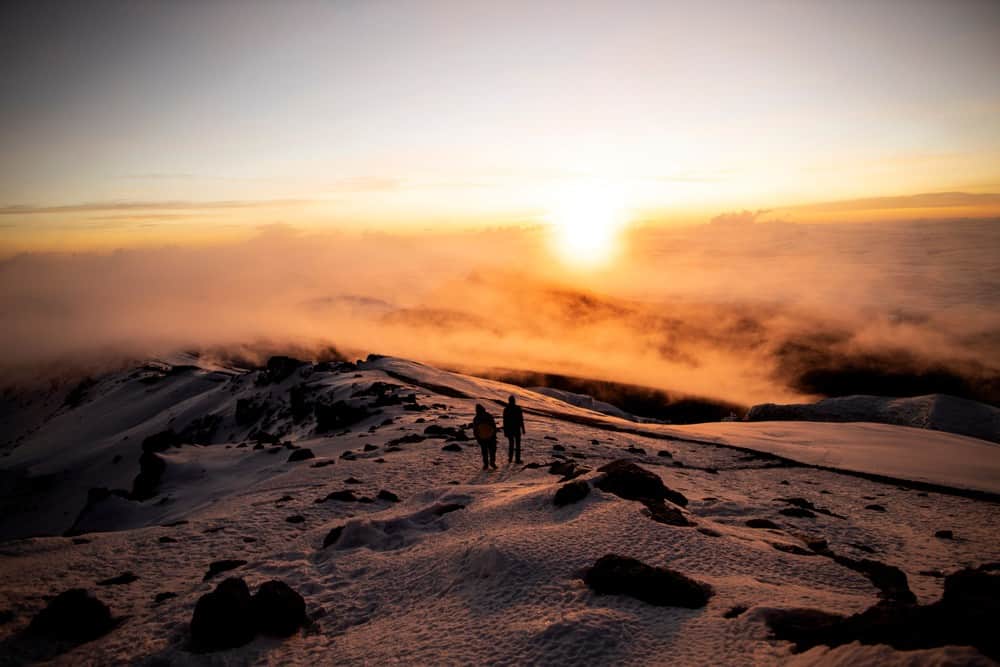
The key obstacles in climbing Kilimanjaro include dealing with altitude sickness and the physical demands of trekking at high elevation. Ultimate Kilimanjaro estimates that the current success rate is approximately 70-75%. The death rate on Kilimanjaro is very low—13.6 fatalities per 100,000 climbers, or 0.0136%.
On the other hand, K2 is one of the most dangerous mountains to climb due to its extreme height, harsh weather conditions, and technical challenges. The success rate for climbing K2 hovers around 20% to 30%. This is significantly lower than for many other high mountains, including Mount Everest, whose recent success rate is approximately 64% to 68%. But what makes K2 notorious is its staggering death rate— about one death for every four climbers who summit, or 25%.
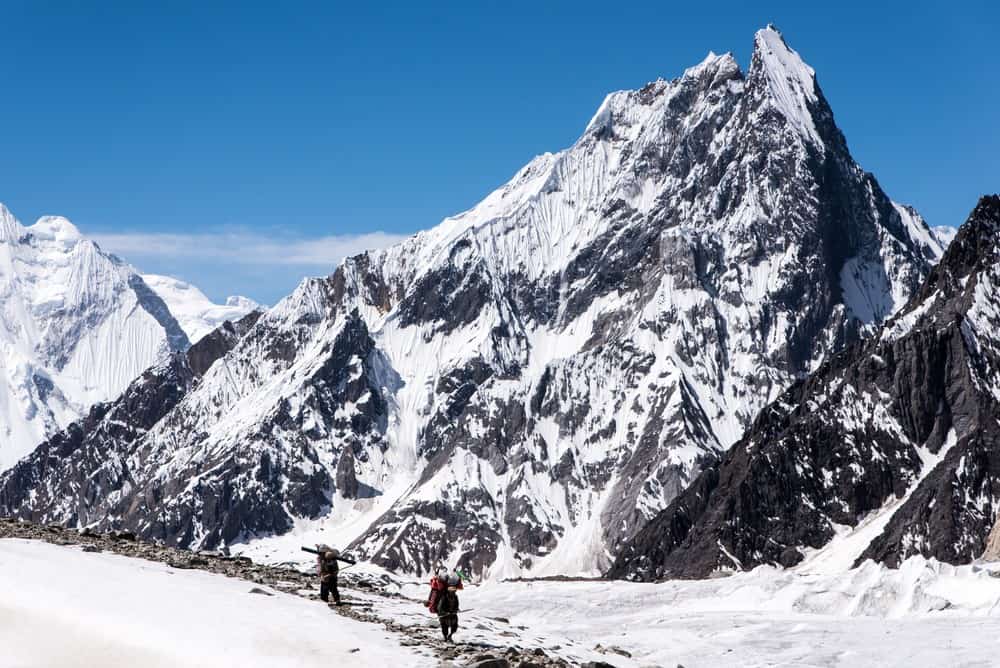
Conclusion
While Mount Kilimanjaro and K2 both represent achievements in the mountaineering world, they cater to vastly different types of adventurers. In fact, they are on opposite ends of the spectrum when it comes to difficulty and danger.
Kilimanjaro is an accessible peak that allows new climbers to experience the thrill of reaching one of the world’s highest summits. In contrast, K2 demands the utmost in skill, experience, and resilience, offering a test that only the most elite mountaineers can hope to overcome.



















































